
Colorimetric staining of gels (e.g., Coomassie, silver) and membranes (e.g., Ponceau S, Thermo Scientific Pierce Reversible Protein Stain), fluorescent staining of gels (e.g., Invitrogen SYPRO Ruby stain).

Ethidium bromide and Invitrogen SYBR stains.

Chemiluminescence using all popular HRP and AP substrates (e.g., Thermo Scientific SuperSignal and Invitrogen WesternBreeze substrates).

Fluorescence with popular RGB (visible range) and near-IR fluorophores (e.g., Invitrogen Alexa Fluor and Alexa Fluor Plus conjugates).

Custom mode to image samples containing multiple signals, such as chemiluminescence, fluorescence, colorimetric stains, and/or visible images; image display is similar to fluorescent blot mode and allows one to assign false color to any sample.

The 12.1-inch LCD touchscreen interface has a simple, logical layout of functions and features, making our systems easy to use with minimal training. Workflows are similar between imaging modes, delivering a smooth imaging experience regardless of sample type.
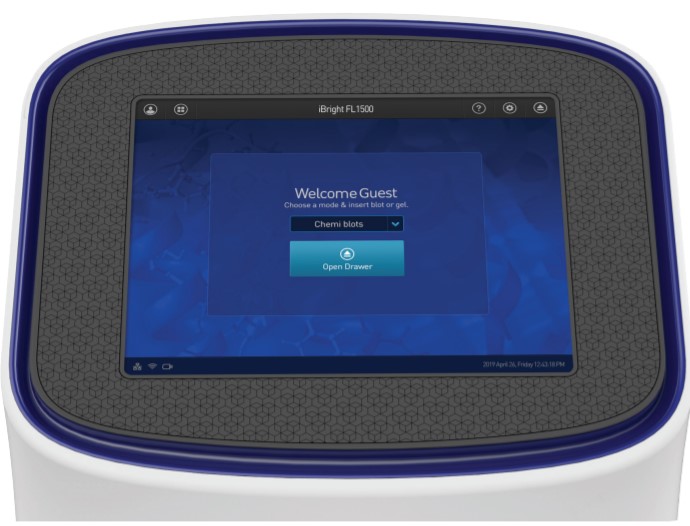

The 9.1-megapixel cooled CCD camera captures and crisp, clear, publication-quality images. Smart Exposure technology rapidly determines optimal exposure time, minimizing the potential for over- or underexposed images and the need to repeat exposures to get the desired signal.
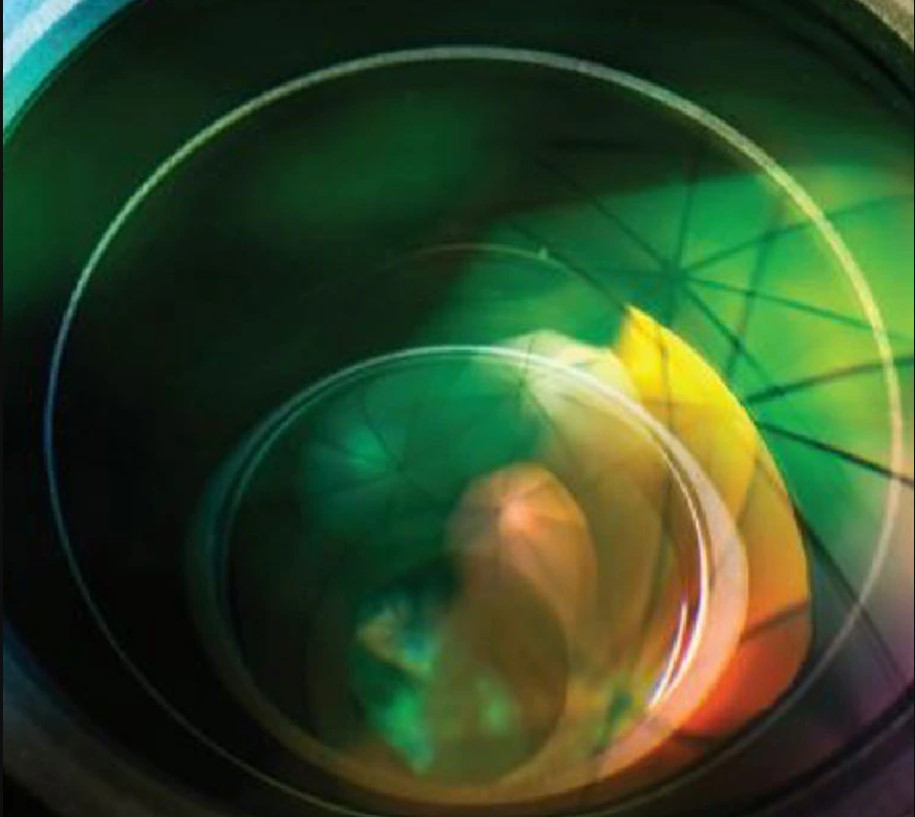
Comparison of mechanical rotation and digital rotation and demonstration of automatic mechanical rotation on the iBright™ Imager.
The iBright™ 1500 Series Gel Imager automatically determines sample position and can rotate samples up to 10° left or right on a mechanically rotating sample table. This automation eliminates the need to repeatedly open the sample drawer to reposition your sample to achieve proper alignment. In addition, mechanical rotation eliminates the need to digitally rotate the sample, which preserves the integrity of the data.

Digital rotation vs. mechanical rotation.
(A) Pixels rotate with digital rotation so bands appear jagged. With mechanical rotation, the sample itself rotates, so bands remain smooth in appearance as the pixels remain aligned.
(B) Graphic depicting iBright Imaging System sample stage before and after rotation.
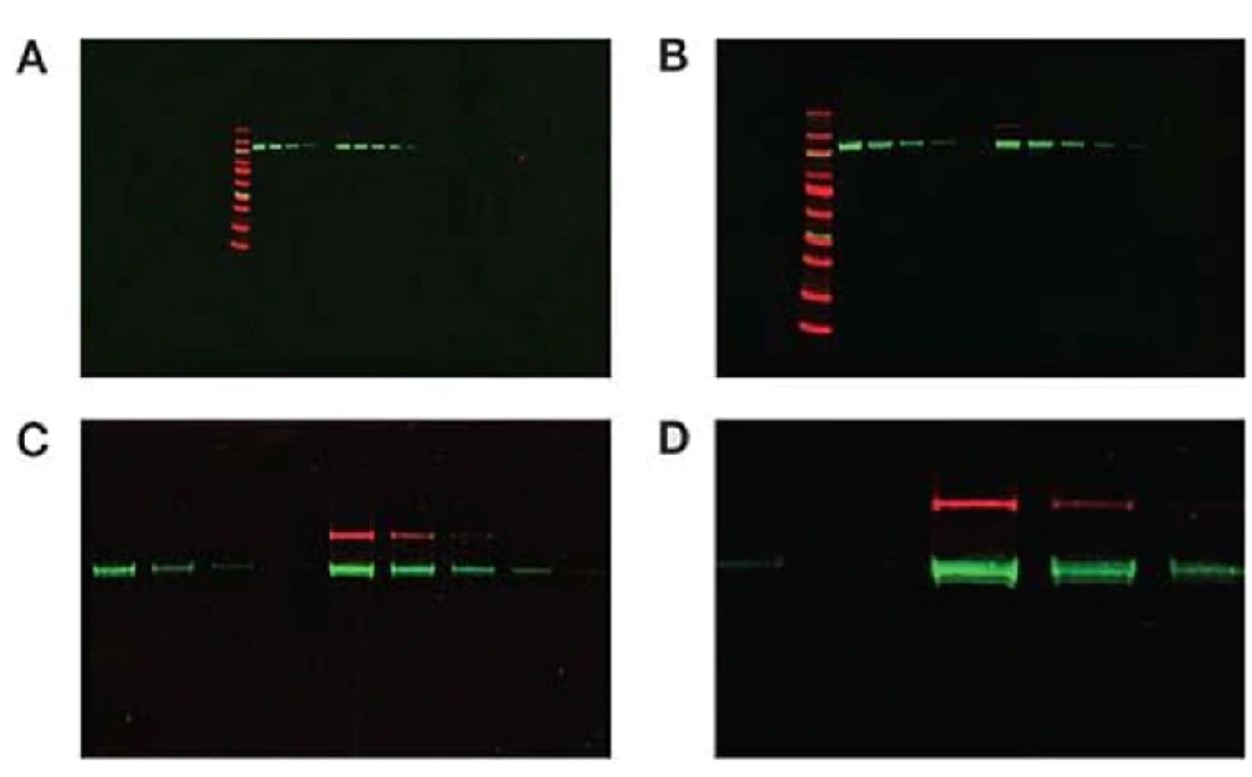
In addition, iBright Imaging Systems automatically adjust the focus for each level of zoom, to maximally utilize the 22.5 cm x 18.0 cm field of view. If imaging a single blot, the camera will automatically zoom up to 2X zoom (1-2X zoom is mechanical zoom with iBright 1500 Series Imaging Systems, 1-2X zoom is digital zoom with the iBright CL750 Imaging system). Mechanical zoom maximizes sensitivity by moving the camera closer to the sample stage and thus reduces focal length. The iBright 1500 Series Imaging Systems also provide additional 1-4X digital zoom for a combined zoom level of 1-8X.
Expand the possibilities—The iBright FL1500 model features five fluorescence channels, permitting up to 4-color fluorescent western blot multiplexing and expanding your possibilities for studying multiple proteins in a single blot. Obtain meaningful and representative comparisons to enhance your experiments. Smart Exposure technology further improves acquisition of multiplex fluorescent western blot data by ensuring that signal-to-noise ratios are optimized for each fluorescent channel separately.
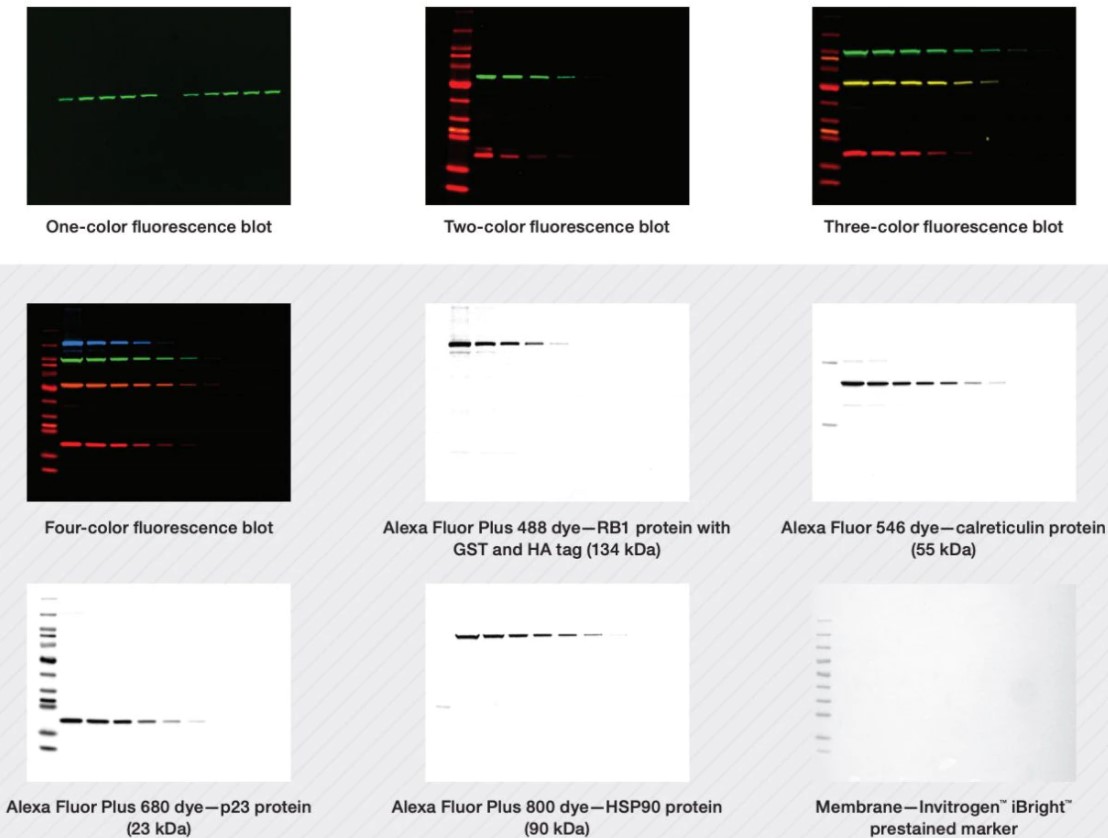
The iBright Imaging Systems utilize a transilluminator based on green LEDs, which effectively excite popular DNA dyes such ethidium bromide and SYBR Green dye and offers several additional benefits.
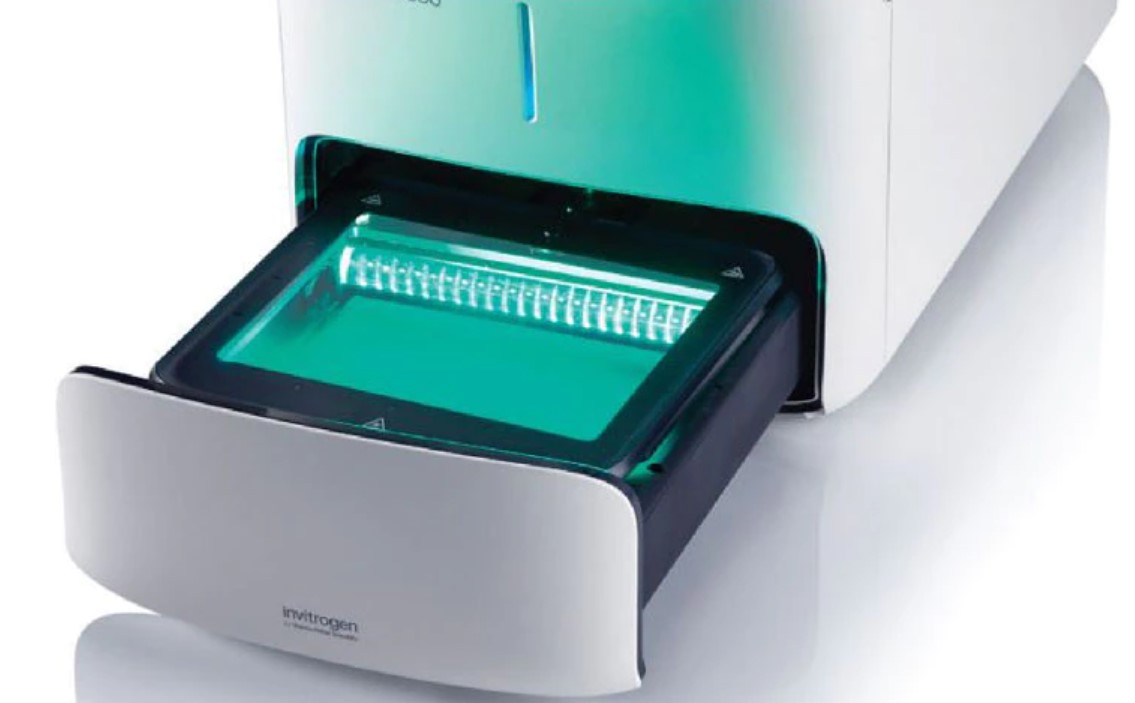
No harmful UV rays: While UV light effectively excites many fluorescent dyes and stains, UV light is a health hazard. Further, prolonged exposure to UV light can damage DNA samples, and compromise the integrity of samples to be used for downstream applications, such as subcloning.
No mercury waste: UV transilluminator bulbs may contain mercury, a hazardous substance, and therefore require special care for handling and disposal.
Longer lifetime: LED bulbs have a substantially longer real-time life than fluorescent UV bulbs, which can add up to considerable cost savings over the lifetime of the instrument.
For more information.